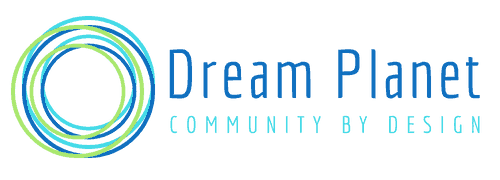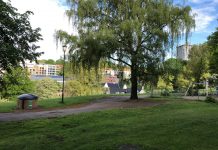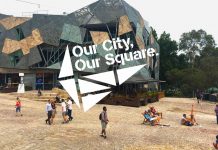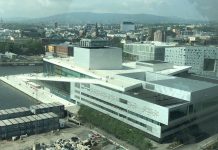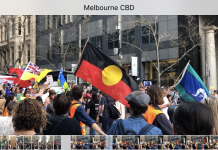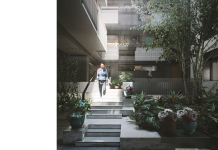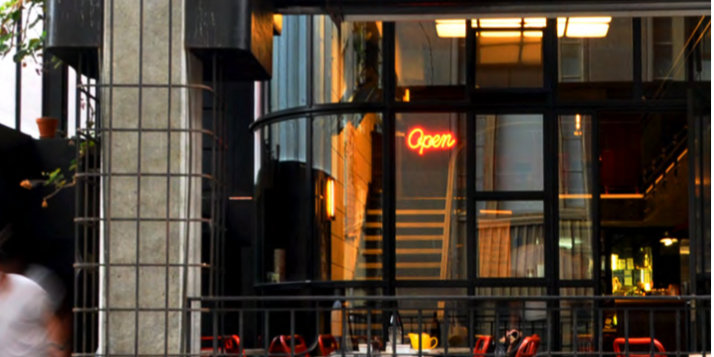If you despair at the ugliness in parts of Melbourne’s CBD, I’ve got good news for you. In fact, no matter what city you live in, the new award-winning Draft Central Melbourne Design Guide will help you to take action to stop ugly developments in the future.
If you despair at the ugliness in parts of Melbourne’s CBD, I’ve got good news for you.
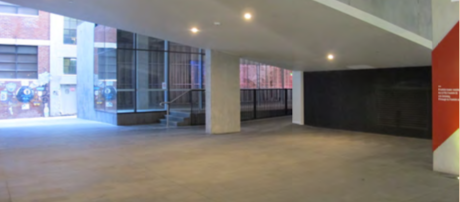
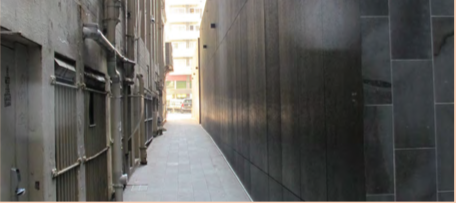
Last night, Thursday 20 November, was an important day for those of us who love our cities but don’t love what some developers do to our streets. And they get away with it because the planning laws allow them to do so.
The councillors at the City of Melbourne voted unanimously to allow the Draft Central Melbourne Design Guide to become regulation. (Click this link to see the latest version of the guide – Go to page 128 of the linked document). I have a fabulous interview with City of Melbourne urban planner, Margie McKay, and urban planner and guide author, Andy Fergus, so click here to read it. Before you do, though, here’s why you must read the Central Melbourne Design Guide. Use it to create the planet of our dreams, and demand more of our developers, planners and regulators.
The most accessible document about planning laws you will ever see
Even if you are a Dream Planet reader, you probably don’t spend much time reading planning laws. They are dull, technical documents. We only read if we are forced to because some hideous building is going up right next to our home.
The Central Melbourne Design Guide is different. It’s meant for you and me, as active citizens, to use. Reading it empowers us to hold the authorities to account. It is beautifully written and illustrated. The Australian Urban Design Award gave the guide the Leadership, Advocacy and Research – City and Regional Scale award this year. In 1996, the then Prime Minister Paul Keating’s Urban Design Taskforce, set up these national awards.
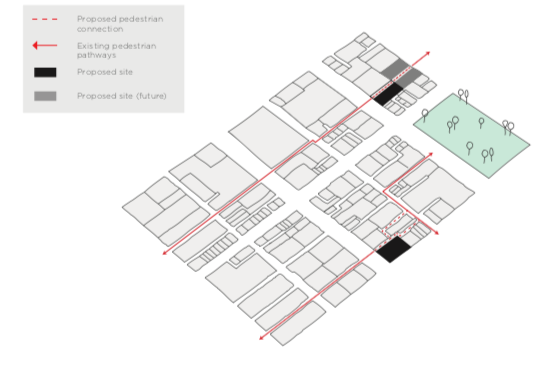
What I learned from reading the Central Melbourne Design Guide
I learned so much from this guide about why certain parts of the city work and other parts don’t. It’s a practical education in urban design principles that you can apply to all sorts of developments around you.
I learned so much from this guide about why certain parts of the city work
I learned about:
- how above-ground parking impacts our enjoyment of the street
- why we need to consider where to put the building services (the big vents, the garbage bins and so forth)
- what makes it easier to walk around the city, and why
- ways developers can improve walking distances and make it safer for us to walk, such as avoiding ‘entrapment’ spaces.
- opportunities for even tall buildings to have a connection to the street
- how developments can allow for little plazas and places for us to hang out.
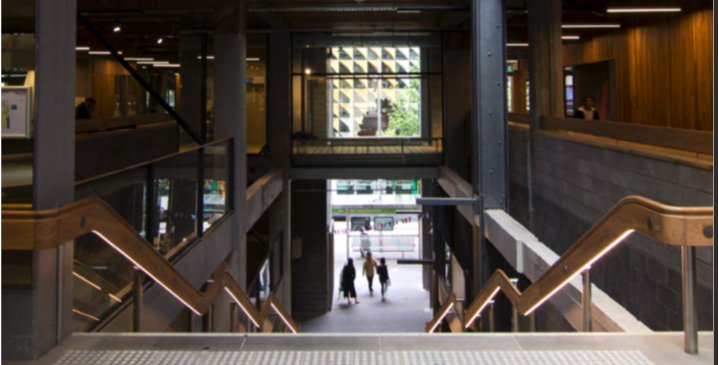
Did you know a million people visit central Melbourne every day? That includes people who work in offices, students, visitors, residents and trades. Wow. That is a lot of people who will be a whole lot happier if we improve the design of the city. Don’t miss the Central Melbourne Design Guide.
Follow me